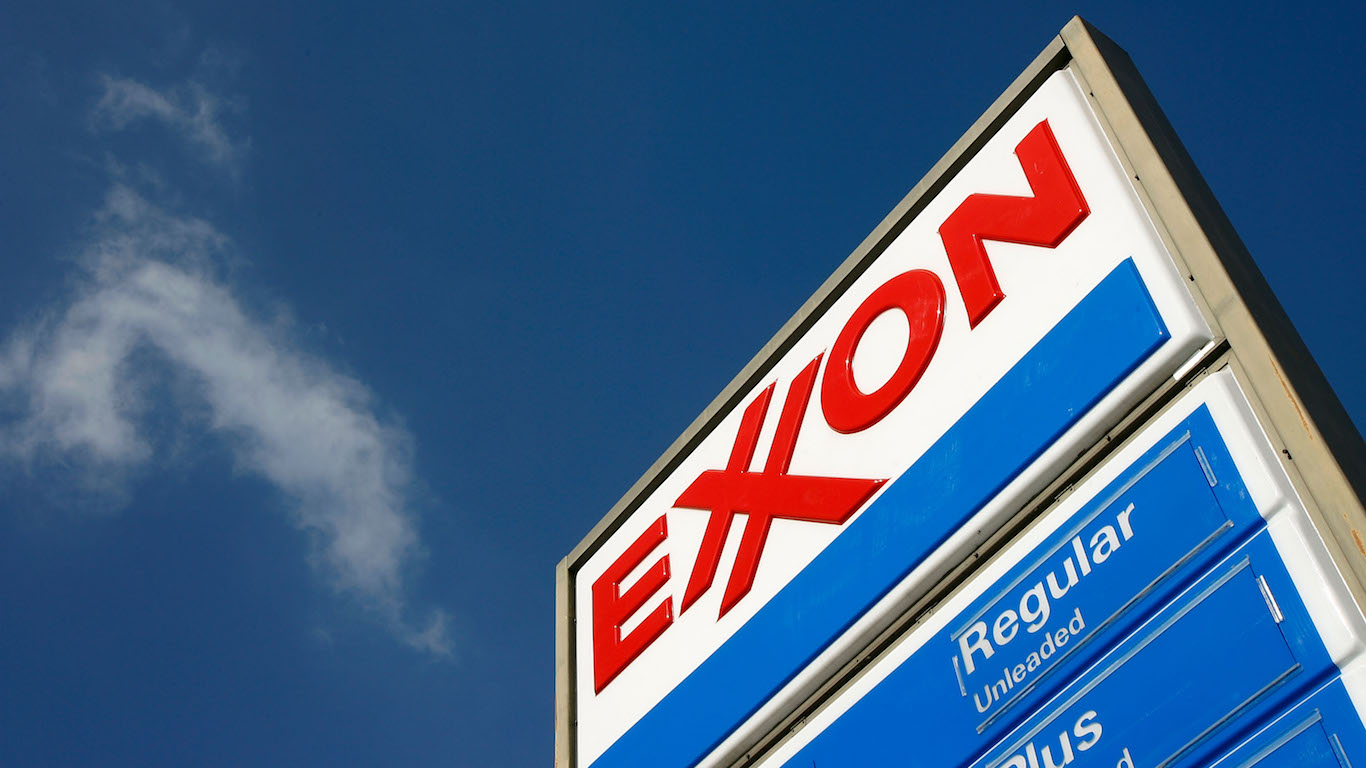Investing
Morning Blast: Oil Market Heads for the Mother of All Short Squeezes; Meta Signs Up 10 Million Threads Users

Published:

Premarket action on Thursday had the three major U.S. indexes trading lower. The Dow Jones industrials were down 0.41%, the S&P 500 down 0.43% and the Nasdaq 0.50% lower.
In a filing with the Securities and Exchange Commission after U.S. markets closed Wednesday, Exxon Mobil Corp. (NYSE: XOM) identified a number of items that will have an effect on the oil and gas giant’s second-quarter earnings report. The biggest hits are coming in natural gas pricing and refining margins.
Natural gas prices are slightly higher than they were at the end of the first quarter but have fallen by nearly 58% since the same time last year. Exxon sees natural gas profits falling by $1.8 billion to $2.2 billion relative to first-quarter results.
Wholesale gasoline prices have fallen by about 4.5% since the end of the first quarter but have fallen by almost 23% year over year. Refining margins for the second quarter are estimated to fall by $2.0 billion to $2.2 billion compared to first-quarter margins.
Exxon reported a gross profit of $28.74 billion in the first quarter, indicating a potential decline of around 15% quarter over quarter.
The odd thing is that prices are falling at the same time as demand. At least demand from hedge funds and other money managers. Reuters energy analyst John Kemp wrote Monday that these speculators sold 64 million barrels of petroleum futures in the seven days ending June 27. According to Kemp:
The net position across the three major crude contracts fell to 205 million barrels, the lowest since at least 2013, when data became available in this form. … Pessimism was especially strong towards NYMEX and ICE WTI where the combined position had been cut to just 46 million barrels (the second-lowest in the last ten years).
Global inventories are high, spot prices are near the average since 2000 and traders look at increasing production in the U.S. shale patch and from Iran, Russia and Venezuela continuing to put downward pressure on prices.
As Kemp puts it:
From a positioning perspective, extreme pessimism towards crude prices and lopsided positions are creating potential for an explosive rally in future.
If and when sentiment turns, the race to cover existing short positions and build new long positions is likely to accelerate and amplify an upturn in prices.
But that depends on expectations that crude production is falling or the economy and consumption are accelerating.
Traders do not seem sure of either at this point in time.
In its SEC filing, Exxon noted that it expects to see a mark-to-market gain of $400 million to $800 million on its unsettled hedges. Exxon shares closed down about 0.5% on Wednesday and traded down another 1.3% before markets opened on Thursday.
The American Petroleum Institute reported late Wednesday that U.S. crude oil inventories declined by 4.4 million barrels last week, following a decline of 2.4 million barrels in the prior week. Last week’s inventory report from the U.S. Energy Information Administration showed a decline in the commercial crude inventory of 9.6 million barrels for the week ending June 23. The EIA’s weekly report on petroleum inventories is due out at 11:00 a.m. Thursday.
A long-anticipated thrust from Meta Platforms Inc. (NASDAQ: META) at Twitter was unveiled Wednesday. The Threads app corralled 10 million users in its first seven hours, according to CEO Mark Zuckerberg. Twitter claims some 300 million users, but it has a long head start. Twitter also has a new CEO, who is expected to repair the image of the social media platform and its new owner. Threads has a better than fighting chance to prevail. Meta stock rose about 2.9% on Wednesday and traded up another 1.5% in Thursday’s premarket.
Here is a look at how U.S. markets fared on Wednesday.
Seven of 11 market sectors closed lower. Materials (−2.47%) and industrials (−0.60%) posted the day’s worst losses. Communication services (1.21%) and utilities (1.10%) put up the best gains. The Dow closed down 0.38%, the S&P 500 down 0.20% and the Nasdaq down 0.18% on Wednesday.
Two-year Treasuries were unchanged to end the day at 4.94% on Wednesday, and 10-year notes rose by nine basis points to 3.95%. In Thursday’s premarket, two-year notes were trading at around 4.98% and 10-year notes at about 3.98%.
In addition to the EIA oil inventory report, the Department of Labor releases its weekly report on new claims for unemployment benefits. The total is expected to decline from 278,000 in the prior week to 245,000 for the week ending July 1.
Thank you for reading! Have some feedback for us?
Contact the 24/7 Wall St. editorial team.